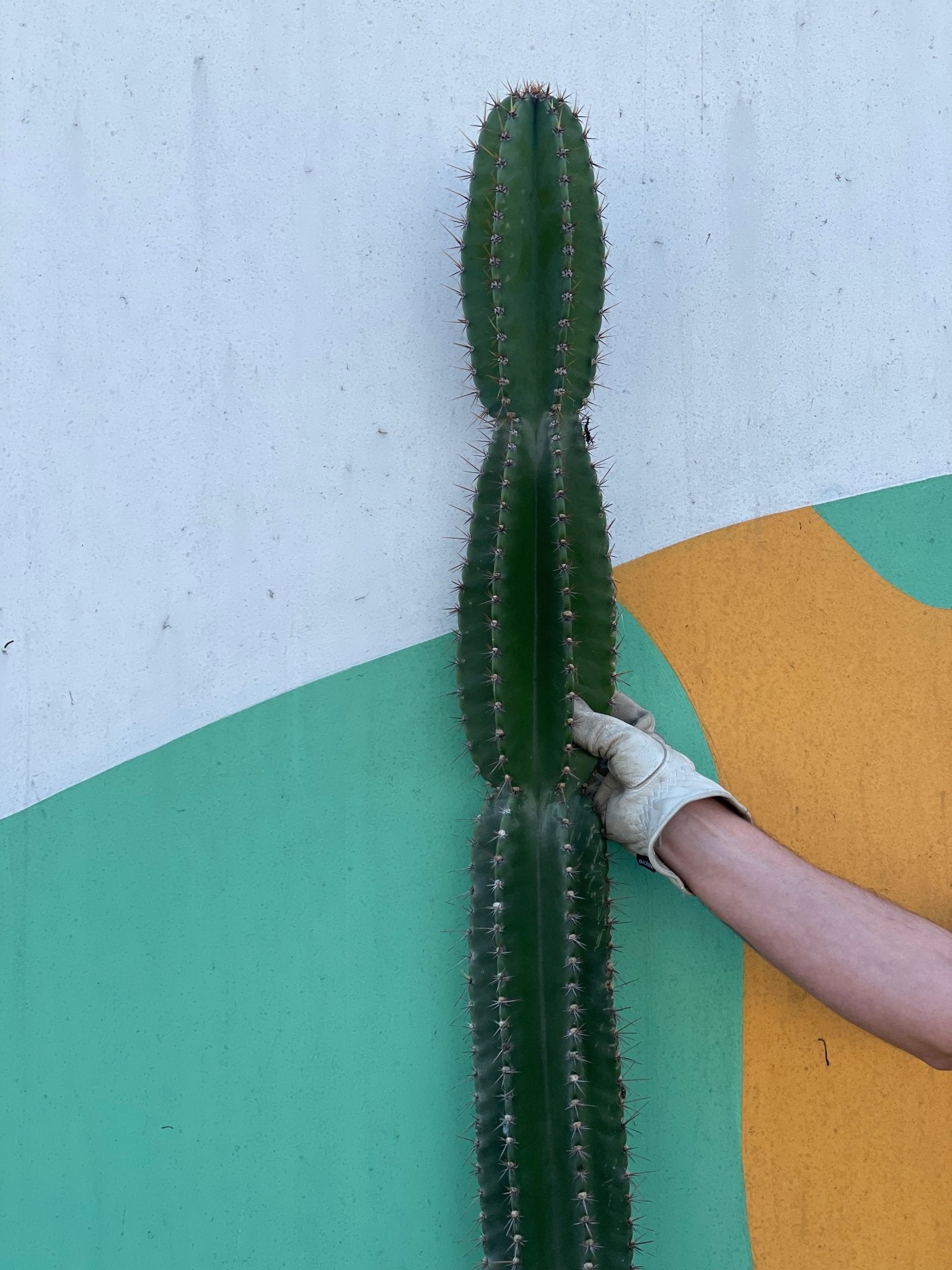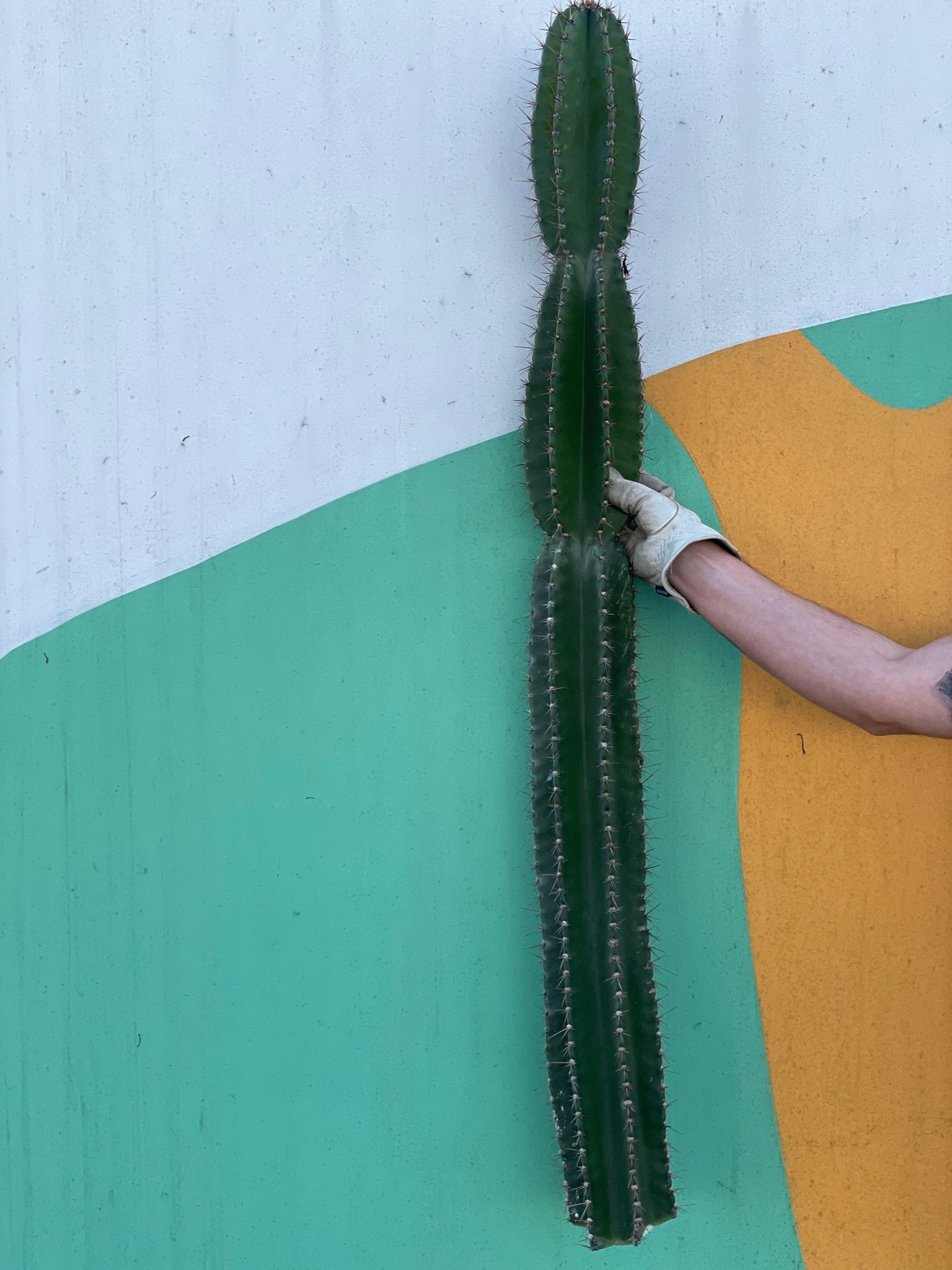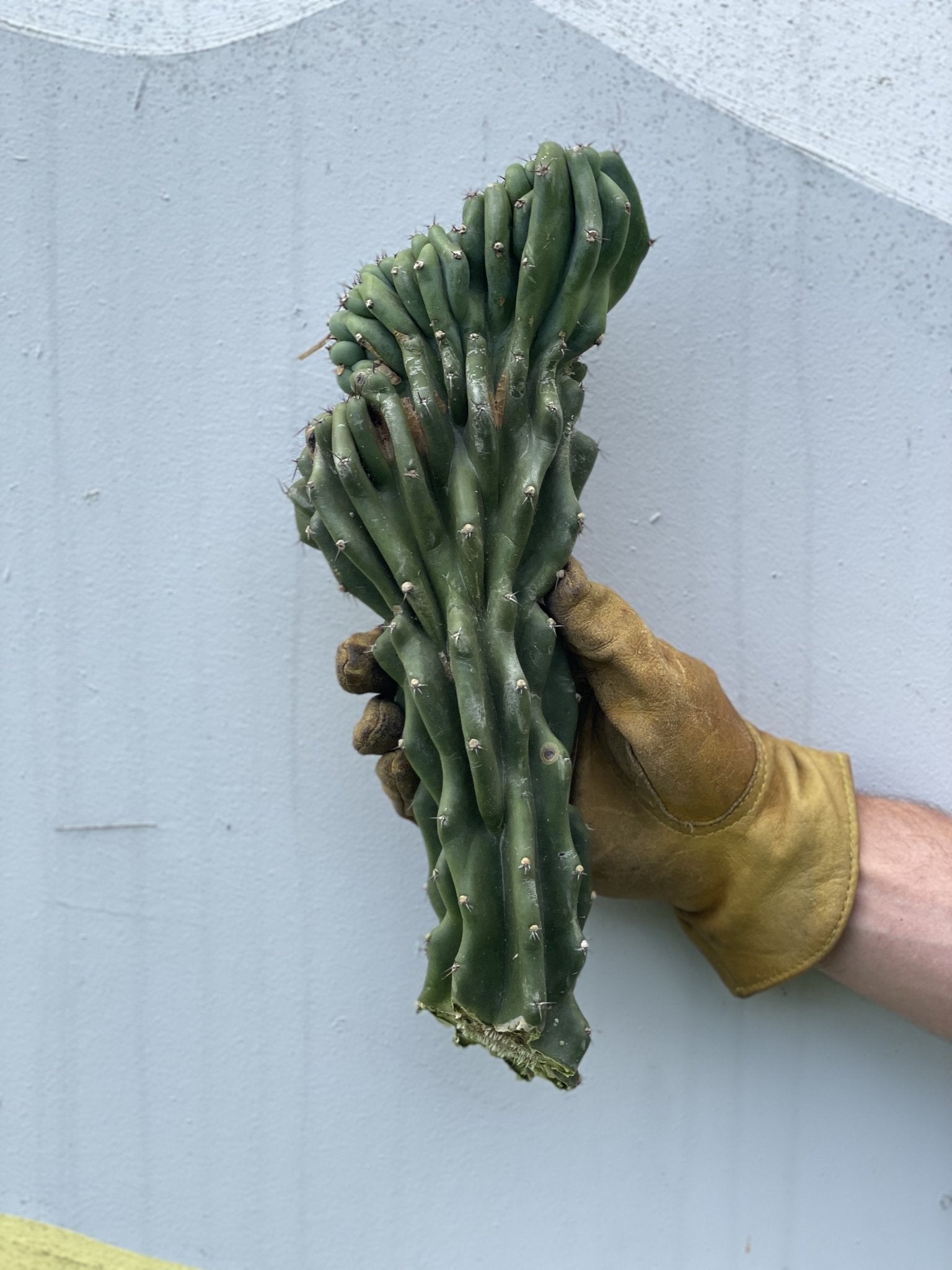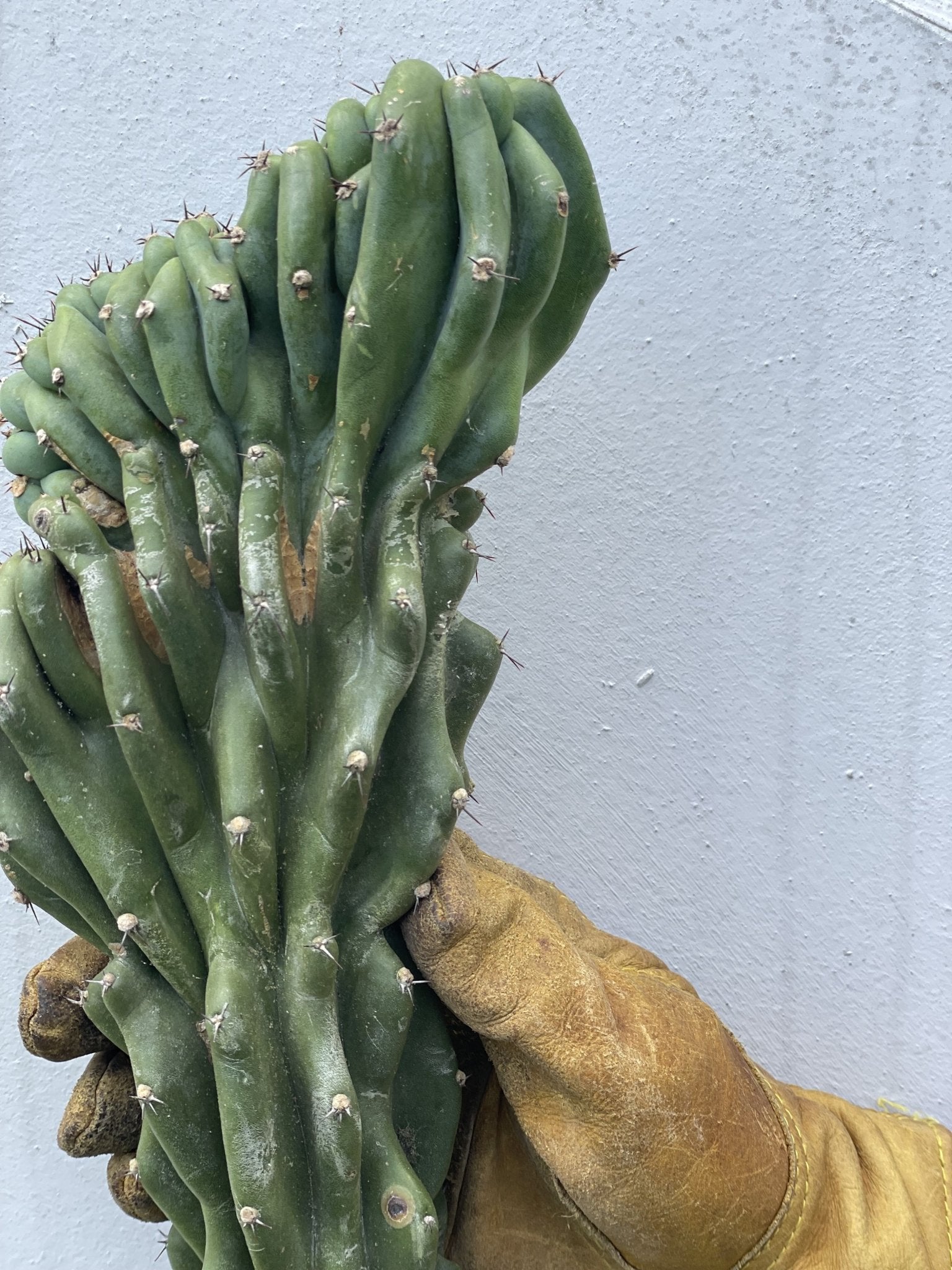The ficus variegated stands out in gardens with its vividly colored leaves and subtly scented flowers. The distinctiveness of this plant lies in its vibrant foliage. But what contributes to the unique coloration of its leaves? Ensuring the health and vitality of your ficus also remains a priority for plant enthusiasts. This article delves into the characteristics that make the ficus variegated a garden gem, offers guidance on nurturing it, and provides valuable advice for maintaining its flourishing state. Continue reading to discover more.
What Makes a Fiscus Variegated?
The unique appearance of ficus triangularis variegata has fascinated gardeners for generations, who often refer to it simply as the "variegated ficus." After all, what could be more captivating than a plant with beautiful yellow and green stripes abruptly splashing across its otherwise deep-green leaves?
Although most plants do not exhibit such diverse coloring, the ficus triangularis variegata has developed the ability to produce two distinct types of chlorophyll. This adaptation enables it to exhibit a broader range of vivid colors, which not only reflect light but also provide protection against sun damage.
The variegated ficus is also recognized for its pest resistance, making it an ideal choice for both garden and indoor settings.
How to Care for a Fiscus Plant
When introducing a ficus plant into your home, you may be aware of its beauty and ease of care. However, like all plants, it requires attention to maintain its health and happiness.
Watering
Proper watering is crucial for the health of your ficus. It's advisable to water the plant once the top inch of the soil feels dry. Employ lukewarm water and be cautious to avoid overwatering, which can lead to root rot. Ensure the soil is well-drained before watering again.
Light & Temperature
Your ficus thrives in bright, indirect light and enjoys temperatures ranging from 65 to 85 degrees Fahrenheit (18 to 29 degrees Celsius). It's best to avoid direct sunlight, which can scorch the leaves. During the summer, you can place your ficus outside, but be cautious of temperatures dropping below 50 degrees Fahrenheit (10 degrees Celsius), as this could harm the plant.
Soil
Ficus plants thrive in well-draining soil enriched with organic matter, which promotes optimal growth and health. An ideal potting mix would contain peat, perlite or vermiculite, and a bit of compost. Ensure to select a new container that is marginally larger than the current one when repotting your ficus.
Fertilizing
During the spring and summer, fertilize your plant monthly with a half-strength all-purpose fertilizer. In the fall and winter, as temperatures drop, the plant enters a dormant phase and does not require fertilization. Be careful to avoid over-fertilizing, which can be detrimental to your plant's health.
Tips for Keeping Your Ficus Thriving
Now that you know how to care for a ficus plant, here are some tips for keeping it healthy and vibrant:
● Feed your ficus with an all-purpose fertilizer every two weeks
● Place your ficus in a spot with bright indirect light
● Water the soil when the top inch is dry
● Keep temperatures between 65 - 75 degrees Fahrenheit
● Use a well-draining potting mix
● Reduce fertilizing frequency in winter months
● Repot your ficus in a slightly larger container
● Keep your ficus away from drafts
A ficus makes a wonderful houseplant, and with the right attention, your ficus triangularis variegata will remain vibrant and flourishing for many years. Adhering to the care guidelines provided, you can ensure that your plant remains not only visually appealing but also an interesting topic of discussion.






